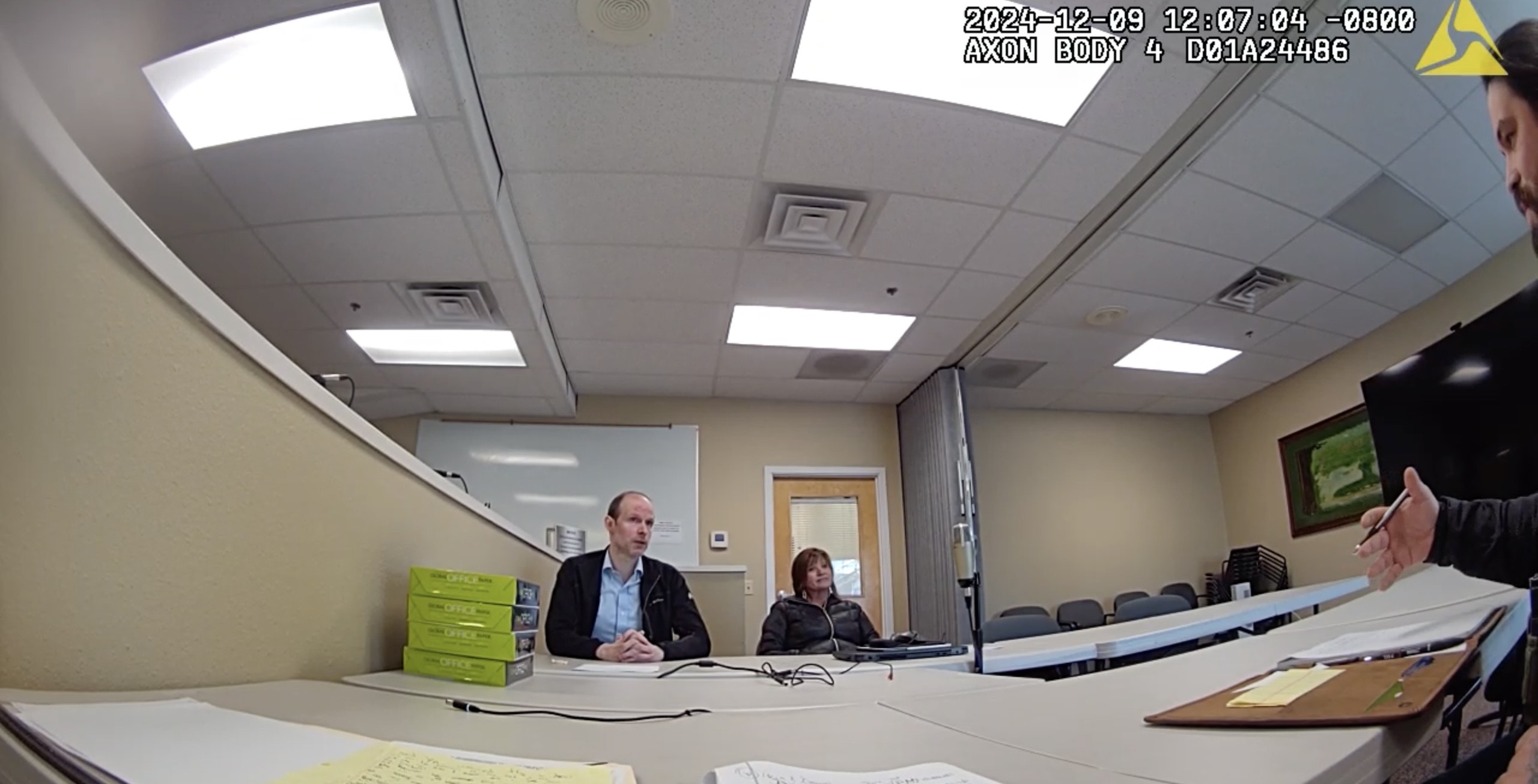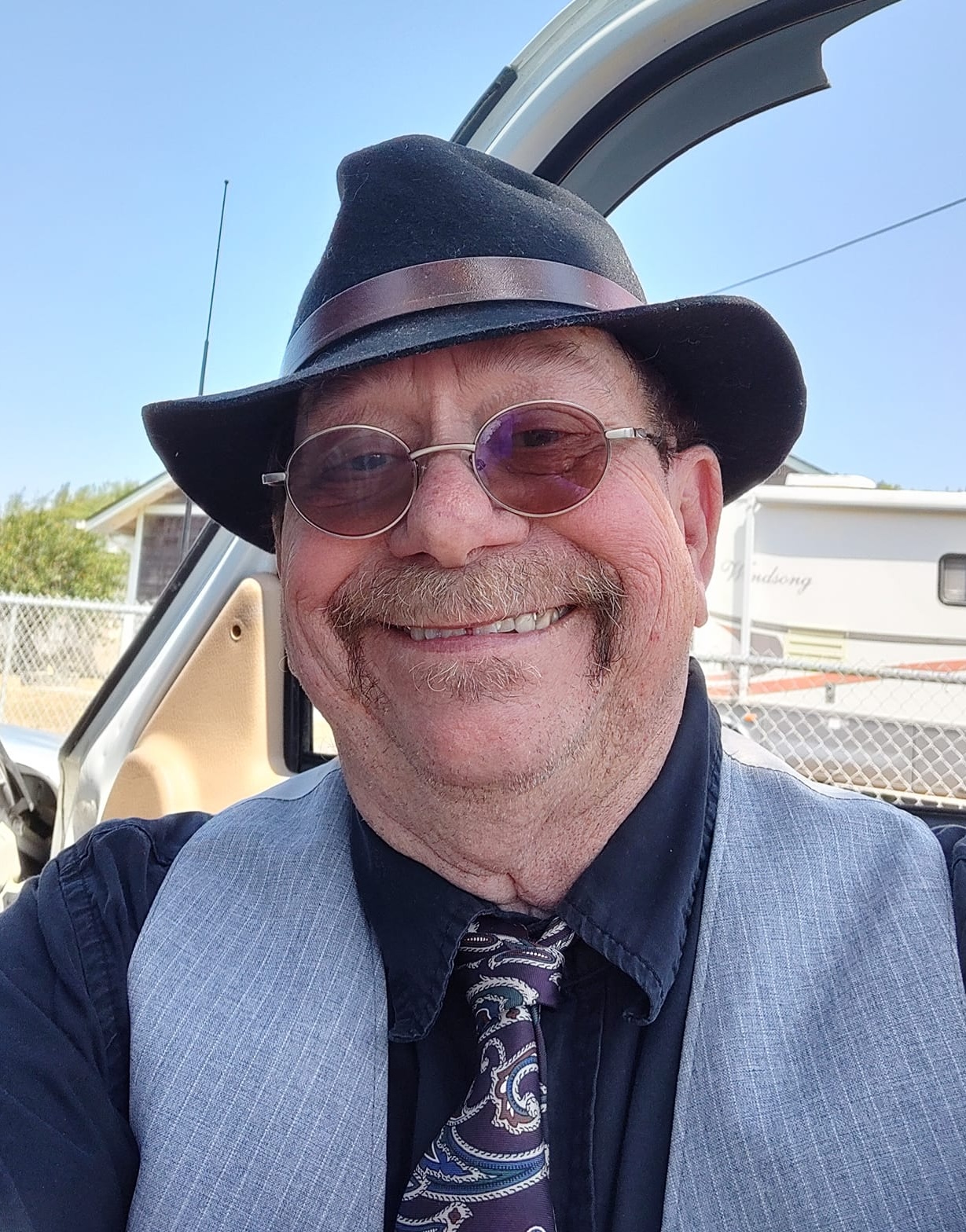Pedaling on with the Spirit of ‘76
Published 8:13 am Tuesday, August 16, 2016

- Mark Donaldson posses for a self-portrait in 1976 as he crests the highest point along the TransAmerica bike route at Hoosier Pass in central Colorado's towering Rocky Mountains.
LONG BEACH — In his very first job interview after graduating from college, Mark Donaldson made the unusual request of asking for the summer off to ride his bike across America in observance of the bicentennial.
Shockingly, the publisher agreed to hire the intrepid pedaler and aspiring reporter, but on one condition.
“He said yes, but you’ll have to send some stories back,” Donaldson recalled.
The 1976 Bikecentennial ride was more than just the inauguration of the TransAmerica bike route, says the now-retired newspaperman and resident of Long Beach, it was a midsummer cross-country celebration of freedom and independence.
“I immediately was committed to it,” Donaldson said. “It struck my main chord.”
One of his late dispatches from the road captures the wanderlust of that time with particular poignancy. Recalling a conversation with a group of curious 10-year-olds, Donaldson wrote:
“Where you from?” one asked as I pedaled by.
“Oregon,” I shouted back.
“Where you going?” asked another.
“Virginia.”
“What for?”
I had no answer.
The Bikecentennial organization provided trail maps, safety training and guides. “They did a ton of research,” Donaldson said. “We knew exactly where we were going and what the terrain was like.”
Bikecentennial had somehow grown from the crazy imaginings of a few friends from Missoula, Montana, into legions of committed riders storming across the continent.
Not everyone chose to take on the 4,250 mile, cross-country mammoth ride between Oregon and Virginia. Others traveled shorter distances. But almost 1,750 riders did pedal the entire route through 10 states, 22 national forests, and countless small towns and landmarks.
Riders of all ages made the journey. No doubt the most senior among them was 86-year-old Clarence Pickard. Even a few kids were toted in bike trailers, and Donaldson remembers one rider scooped up a stray cat that was quite happy to coast along in a basket fashioned from spare spokes.
The cyclists slept in campgrounds, high schools, churches, homes, fields and barns.
Donaldson had no home, no kids, no house payment and had barely started work. It was simple life on the road and he was loving every minute of it.
“All you had to do was get on your bike, ride, get off your bike, eat, go to sleep, and repeat that for 10 weeks,” Donaldson said.
Getting away from the urban areas and all the attached distractions was a relief, said Donaldson. Cruising the back roads of America with a lot of great people along the way, was a revelation.
“For me, when I did the TransAmerica ride, it was like a Zen-type of experience,” he said.
It was also eye-opening. Donaldson saw rich communities, and poor. He saw unbelievable natural beauty and more unfortunate landscapes, like the black-scarred strip mines of West Virginia. Some small towns were suspicious of the bike riders, while others embraced the event and offered their parks for camp and rest.
Small communities waved their patriotic colors, and Donaldson recalls plenty of bicentennial pageantry along the way. But on Independence Day proper, he was riding through Yellowstone, and didn’t see a single firework. “But I got to see ‘Old Faithful,’ and I thought that was pretty cool on the Fourth of July.”
After 75 days and about a zillion pedal strokes, Donaldson reached Virginia.
Was he changed?
“Definitely. The ride totally transformed me,” Donaldson said. “It’s hard to say just how, but it’s one of those things, it’ll just pop in to my head at any time. I’ll be in Portland, or just walking down a street and something will prompt a memory of Bikecentennial. It’s happened to me for 40 years now.”
What’s the feeling he gets when he thinks about the ride?
“A younger person. A very different person,” Donaldson said. Freedom is probably the best way to describe it.”
Donaldson grew up in Nebraska, but came out west in 1974 to finish a degree in communications from the University of Washington. After that first job in Madras, Ore., he started looking around for his next challenge. Labor strikes on the East Coast created more work at non-striking papers and Donaldson quickly found a gig. His first job in New York with a small suburban newspaper lasted eight years.
But he eventually came back west because of the high cost of living in New York and found a job in California with the Stockton Record. But then flung himself east again to D.C. for an internship with USA Today. Then again, back to Stockton. Over the years, papers had downsized, more reporters were multitasking. Donaldson was writing, editing, doing layout and managing the transition from analog to digital platforms.
“In the end, I was struggling with all the changes, and I was just ready to retire,” Donaldson said. Two years ago he did, and moved to Long Beach with his wife Martha.
Times may have changed, but Donaldson has always managed to keep a little bit of that ‘Spirit of ‘76’ alive.
Twenty-two years after the Bikecentennial, he met his wife. Their first date was a meandering ride down the American River in Sacramento. “Cycling has always kind of been at the core of our relationship,” Donaldson said.
When they met, Martha was already an avid mountain biker. It was a match made not in heaven, but on the open asphalt. The Donaldsons have literally pedaled their way into an enduring relationship.
After their wedding, instead of departing in a car bedecked in toilet paper and messages of prosperity, the two rode off on a red tandem; bright smiles stretched across their faces.
Together they’ve pedaled Cycle Oregon, and even their honeymoon took them across Iowa with 10,000 other cyclists. “It wasn’t much of a honeymoon,” Martha added with a laugh.
Health issues have prevented longer rides the couple once indulged in, and a few years back Martha traded in her road bike for a beach cruiser. Their favorite place to ride now is on the Discovery Trail.
“I wasn’t going to stop,” Martha said. “We don’t get to go as far as we used to, but we still love to get on our bikes.”
Just a few months ago the Donaldsons got to talking with a couple of touring cyclists that happened to be passing through town.
“They realized I had done the Bikecentennial in 1976 and asked if I was going to the reunion,” Donaldson said. “I didn’t realize there was a reunion. I was blown away.”
The couple hadn’t done the 1976 ride, but they were heading to Missoula to mark its 40th anniversary, and the Donaldsons decided to make the journey too, this time by car, with their travel trailer in tow. Even though they weren’t pedaling, the Donaldsons wanted to follow the original route from 1976, at least as far as Missoula.
Seeing all the small towns along the route jogged Donaldson’s memory, and the path seemed spiked with serendipity. On their first night on the road, they stopped in John Day and Martha started chatting with a neighboring camper. It turned out the young man, who hadn’t even been born in 1976, also grew up in Nebraska, like Donaldson, and he was riding the TransAmerica bike route from coast to coast.
“I’m thinking — who’s writing this script?” Donaldson said. “I was encouraged by that.”
A few hundred of the original cross-country riders showed up to the reunion from places as far flung as Japan, France, Belgium, Australia, the Netherlands, and China.
“[Bikecentennial] wasn’t just about riding a bicycle. It was more about a way of life and the people, and how the bicycle represents just a different way of looking at life and doing things,” Donaldson said.





